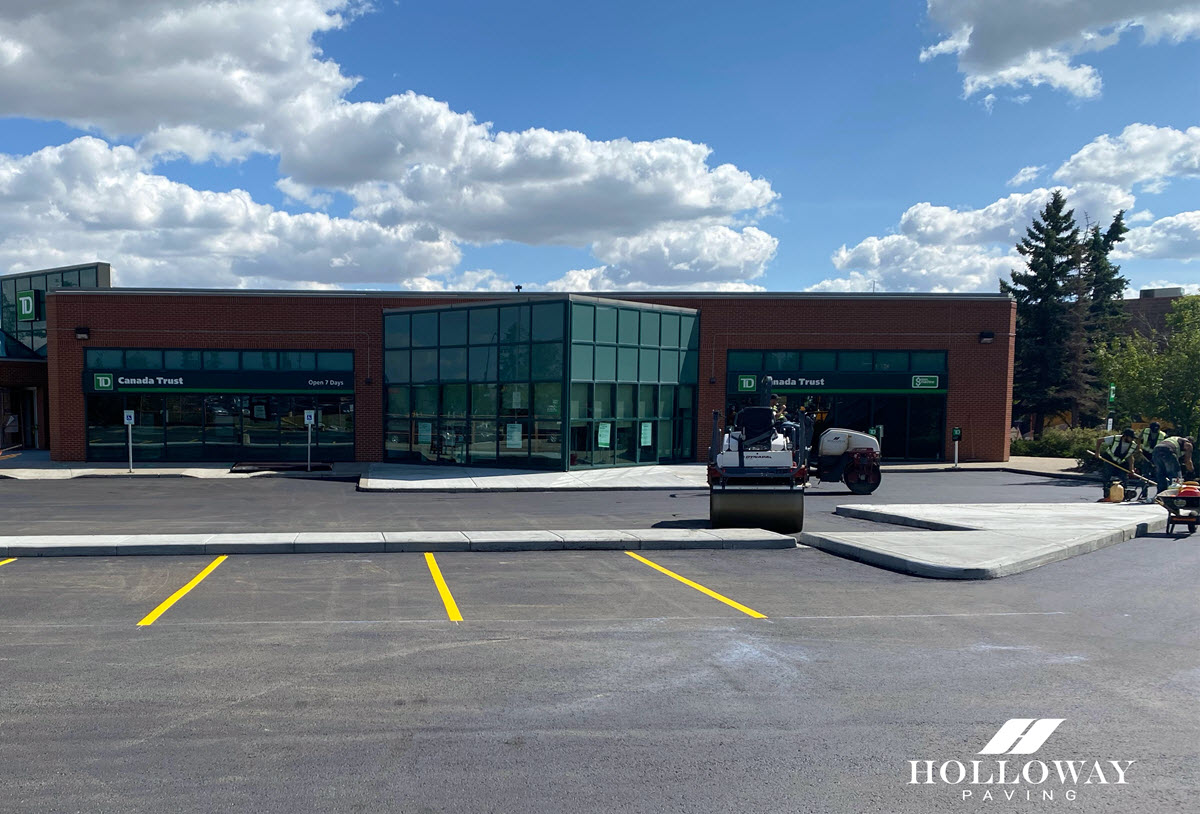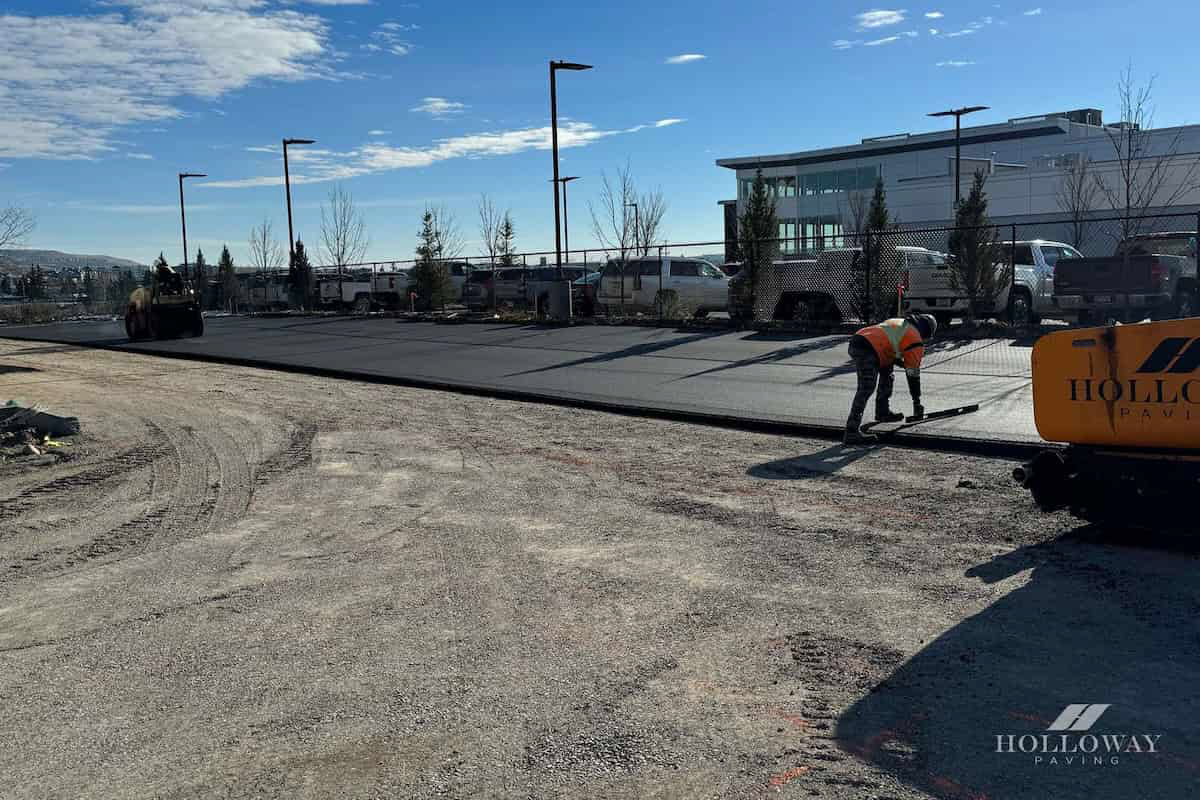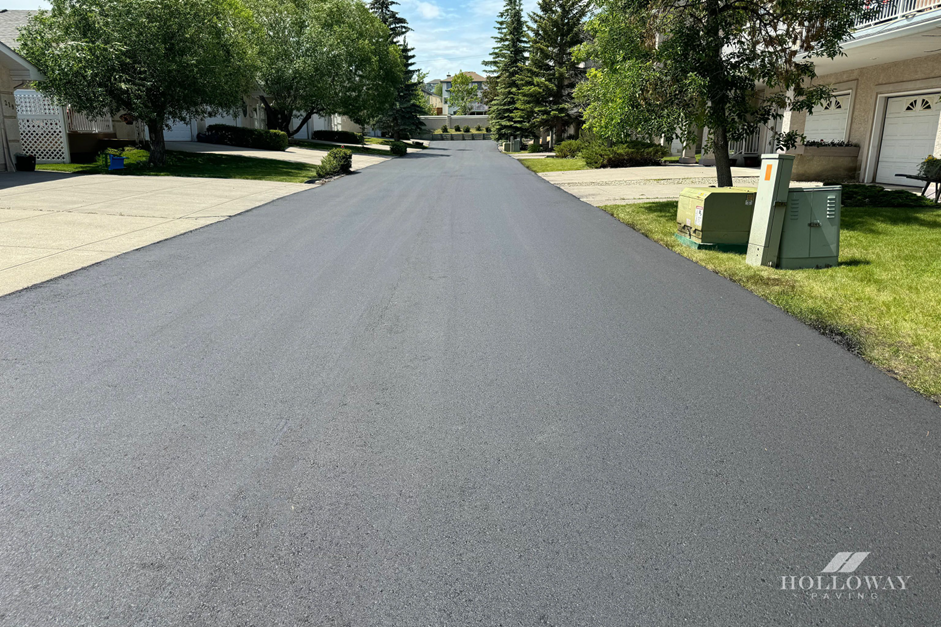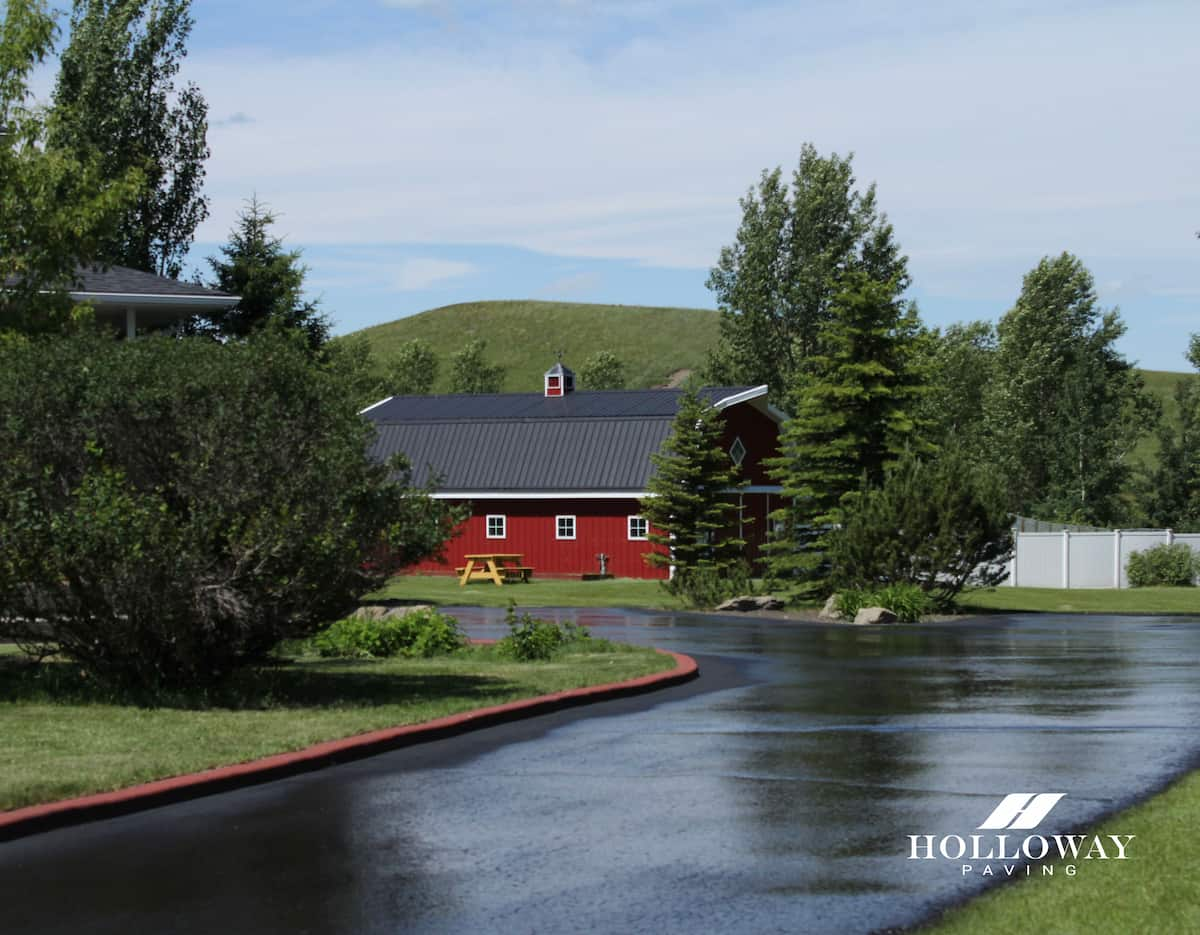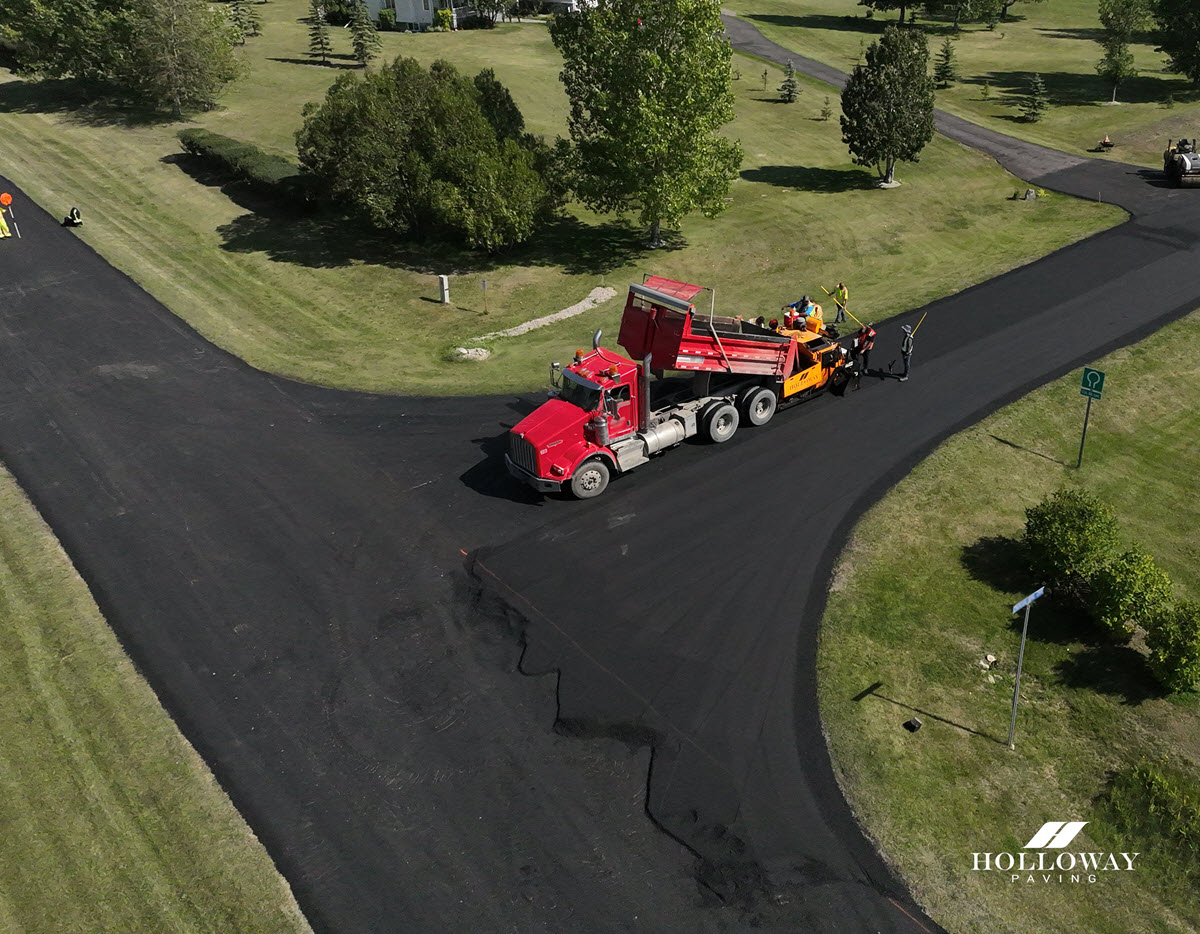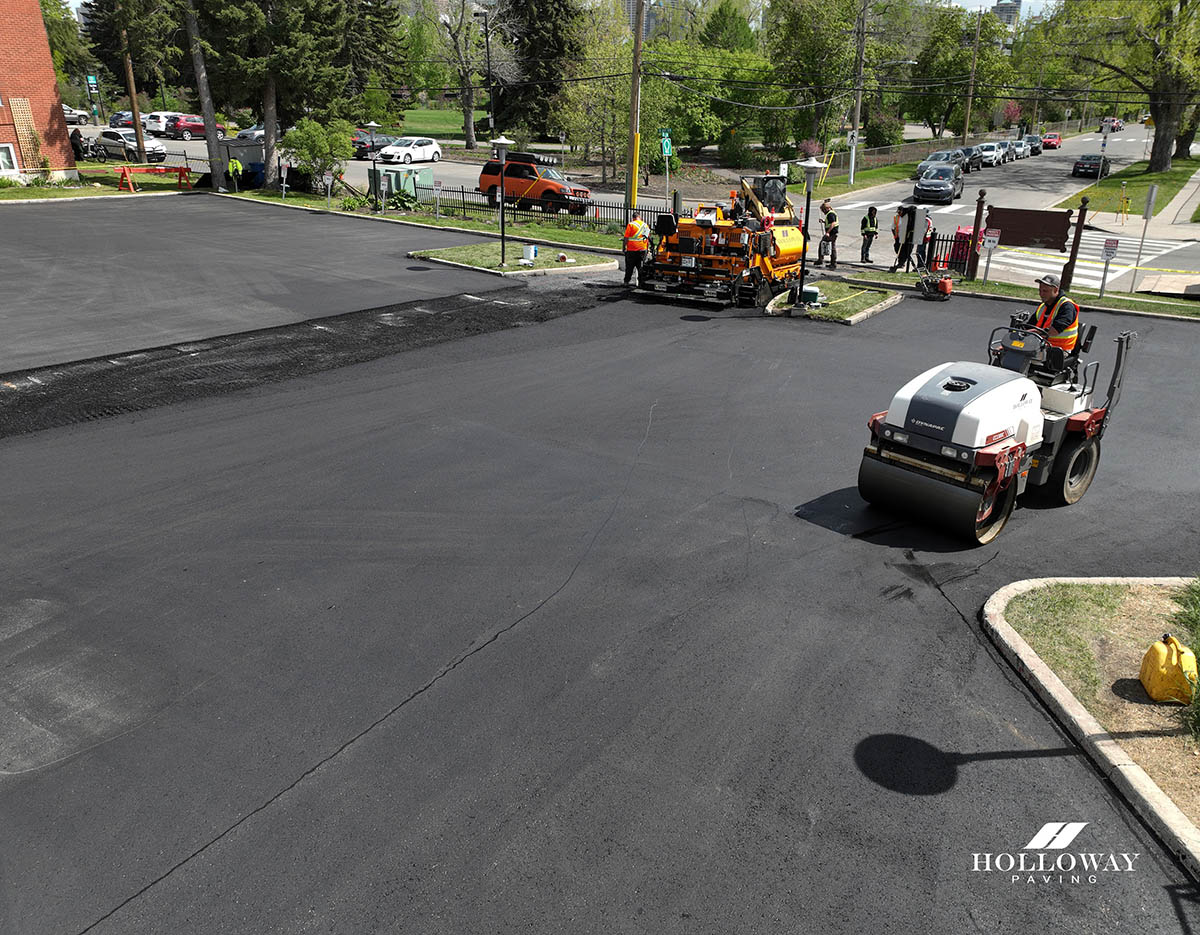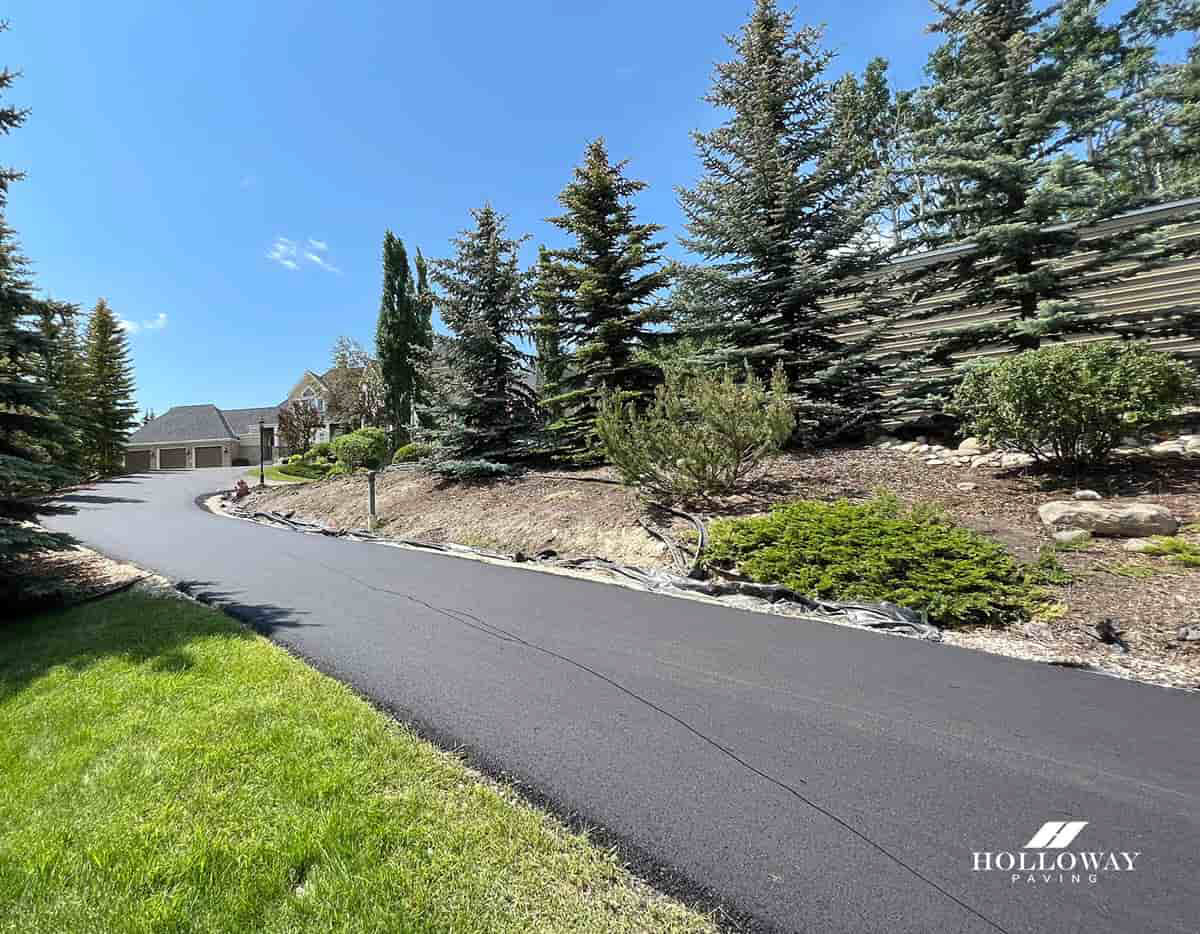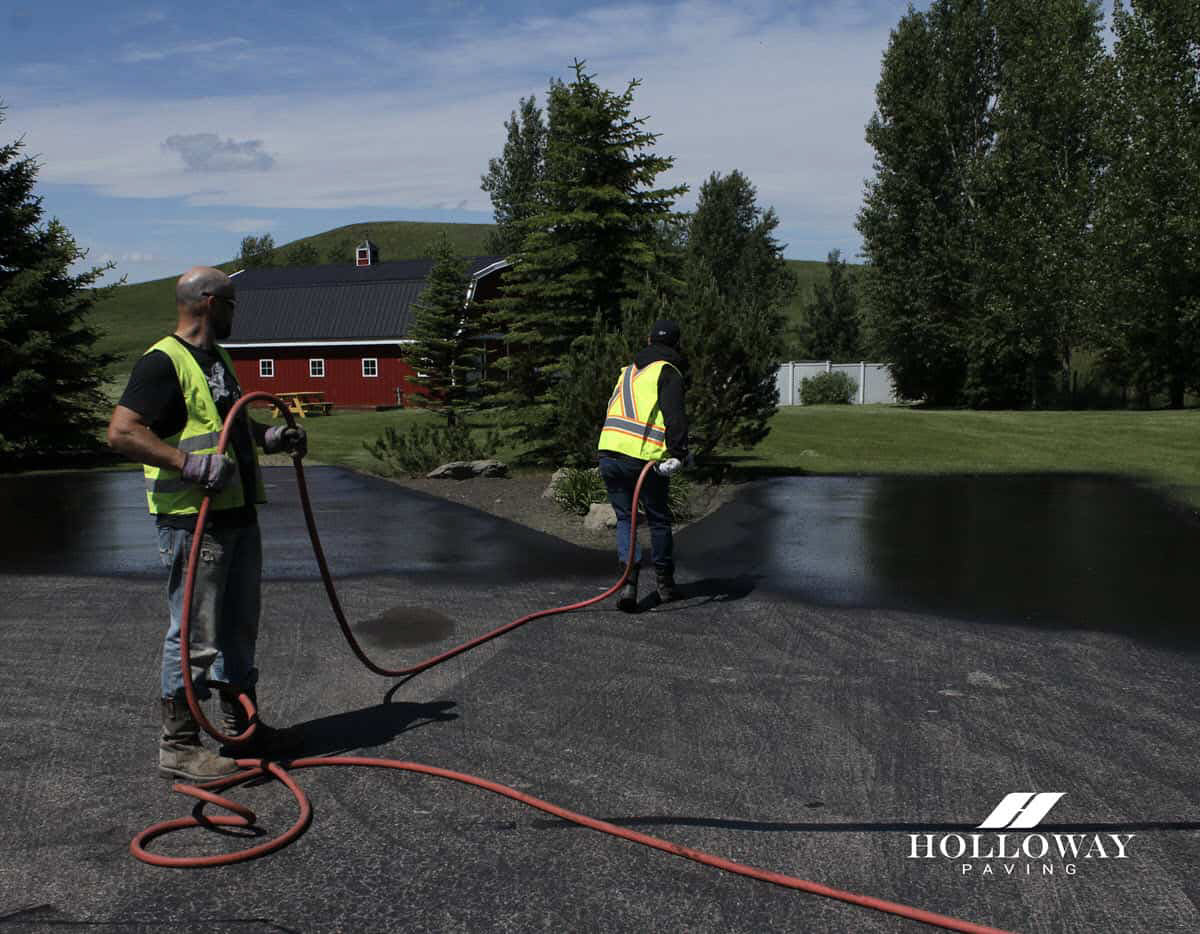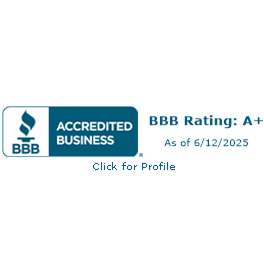Your driveway is responsible for providing safe and easy access to your home and giving visitors a great first impression. But maintaining it and protecting it from wear and tear requires proper paving done by a reliable company, not a simple patch job.
Hiring a professional paving company with a proven process from day one can make the difference between a driveway that lasts 20 years and one that cracks after three winters.
Curious about what happens during a professional asphalt paving project? We’ll skip the industry jargon and technical terms and outline the real process that turns your cracked, pothole-filled driveway into one that’s smooth and durable.
The Initial Consultation: Where Everything Begins
Your paving project starts before anyone picks up a shovel. The consultation phase sets the foundation for everything that follows.
A proper consultation isn’t just about getting a quote but about understanding your specific needs, budget, and timeline. Are you dealing with drainage issues? Do you have underground utilities to consider? Is this a repair job or a complete replacement?
During this phase, we’ll inspect your driveway. We look at the existing surface, check for problem areas, and assess the scope of work needed, taking stock of measurements, soil conditions, and drainage patterns.
At this stage, you’ll get to ask all the questions that have been bothering you. Why is my current driveway cracking? How long will the new surface last? What maintenance will I need to do?
We’ll also discuss material options, timeline expectations, and any permits or approvals you might need. Some municipalities have specific requirements for driveway materials or drainage.
Site Preparation: The Foundation of Quality
Site preparation isn’t glamorous, but it’s extremely important for long-term results.
First, we remove the existing surface. This might mean breaking up old asphalt, removing gravel, and removing unsuitable materials.
If necessary, we may excavate to rebuild the driveway from the ground up. We dig down to reach stable soil and create the proper depth for your new pavement system. Heavy traffic areas need deeper preparation than light residential driveways.
Soil conditions matter more than most people realize. Clay soil behaves differently from sandy soil, and wet conditions require different approaches than dry conditions. We test the soil stability and make adjustments as needed.
It’s also when we handle any grading issues. Water needs to flow away from buildings and toward proper drainage areas. Creating the right slope prevents puddles and ice formation and protects your foundation in the long run.
Base Installation: Building the Foundation
The base layer is the foundation of your entire paving system. If you skip this step or do it poorly, your beautiful new asphalt will crack and fail within a few years.
We install a carefully selected aggregate base material. The type and depth of base material depend on your soil conditions and intended use. Residential driveways have different requirements from commercial parking lots.
Compaction is where the science happens. We use heavy machinery to compress the base material into a solid, stable foundation—a systematic process with multiple passes and proper moisture content.
The base needs to be perfectly level and properly graded. Any low spots or high spots in the base will telegraph through to the final surface. We use laser levels and other precision equipment to get this right.
Asphalt Installation: The Main Event
Now we get to the part everyone thinks of when they think of paving. The hot asphalt arrives in trucks, and the real work begins.
Temperature matters enormously during asphalt installation. The material needs to be hot enough to work properly, but not so hot that it burns or becomes unworkable. We monitor temperatures throughout the process.
We start by applying a tack coat to help the new asphalt bond properly to the base.
The asphalt gets spread evenly across the surface using specialized equipment. We’re not just dumping it and hoping for the best. The thickness needs to be consistent, and the edges need to be properly formed.
Compaction happens while the asphalt is still hot and workable. We use different types of rollers in a specific sequence to achieve the right density. Too much compaction can push aggregate to the surface, while too little leaves the pavement vulnerable to cracking.
Finishing Touches: Details That Matter
The final phase is all about the details that separate professional work from amateur attempts.
Edge work ensures clean, straight lines where pavement meets landscaping, sidewalks, or other surfaces. Sloppy edges don’t just look bad, but become weak points where water can penetrate and cause damage.
We clean up any excess material and ensure proper drainage away from the new surface. Little details like making sure water flows correctly can prevent major problems down the road.
The new asphalt needs time to cure properly. We’ll give you specific instructions about when you can drive on it and what to avoid during the curing period so you can protect your investment.
Quality Control: Making Sure It’s Right
Throughout every phase, we check our work against professional standards. Our goal is to engineer a pavement system that will perform well for decades. We document the process with photos and notes. If questions come up later, we have a complete record of exactly what was done and when.
Temperature readings, compaction tests, and visual inspections happen at each critical phase. Quality control isn’t something we add at the end, but built into every step of the process.
Why Process Matters More Than Price
Anyone can spread hot asphalt on the ground. The difference between a professional job and a disaster waiting to happen comes down to following the complete process correctly.
Cutting corners might save money upfront, but it always costs more in the long run. When you understand the complete process, you can ask better questions and spot contractors who are trying to take shortcuts. The lowest bid usually means someone is planning to skip steps or use inferior materials.
Ready to start your paving project the right way? Our team has perfected this process for years, and we’re ready to bring that expertise to your property. Every project receives the same attention to detail, from initial consultation to final cleanup.
Contact Holloway Paving today to schedule your consultation and learn how we can transform your pavement problems into smooth, durable surfaces that last for decades.



